World’s Largest Rivers Are Losing Water, New Study Says
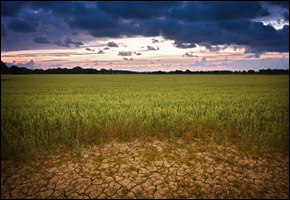
While the world’s population is booming, much of the water that nurtures it is depleting. The world’s major rivers are “losing water,” according to a comprehensive study of global stream flow led by scientists at the U.S. National Center for Atmospheric Research, Reuters reported Tuesday.
One-third of the 925 rivers analyzed from 1948 to 2004 have showed “significant changes” in water levels; rivers with decreased flow outnumbered those with increased flow by 2.5 to 1, NCAR said in a press release. The study links the reduced river flows to the effects of climate change – a trend that could potentially threaten worldwide supplies of food and water in the future and might have wider ecological and climate consequences.
Affected water bodies include the Amazon in South America, the Yellow River and the Mekong in China, the Ganges in India, the Colorado and the Columbia rivers in the United States, and the Niger in West Africa – all of which serve large populations. In contrast, researchers reported increased water flow in less populated areas near the Arctic Ocean, where snow and ice are melting, the statement said.
“Reduced runoff is increasing the pressure on freshwater resources in much of the world, especially with more demand for water as population increases,” NCAR scientist Aiguo Dai said in the press release. “Freshwater being a vital resource, the downward trends are a great concern.”
While factors such as damming and irrigation affect the river discharge, the study highlights global climate change as the most probable reason for the reduced water levels.
Scientists, however, are still ambiguous about the effects of global warming, as earlier less extensive analyses also indicated increasing stream flows in other major rivers such as the Mississippi. In the United States, for example, the Columbia River’s flow dropped by about 14 percent during the study period, while the Mississippi River increased by 22 percent as a result of greater precipitation across the Midwest.
Similarly, the Brahmaputra in South Asia and the Yangtze in China have been sufficiently fed by melting ice from the Himalayan glaciers, though river levels could sink in the future as the glaciers gradually disappear, the scientists said.
“As climate change inevitably continues in coming decades, we are likely to see greater impacts on many rivers and water resources that society has come to rely on,” NCAR scientist Kevin Trenberth said in the press release.
Read more here, here and here.

, a Bulgaria native, is a Chicago-based reporter for Circle of Blue. She co-writes The Stream, a daily digest of international water news trends.
Interests: Europe, China, Environmental Policy, International Security.

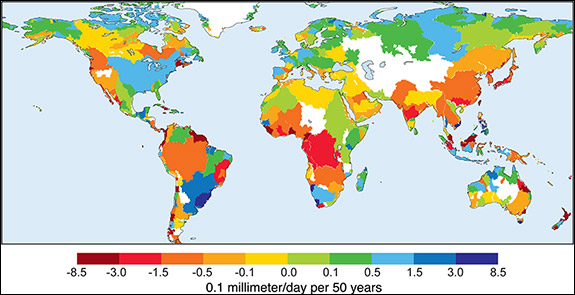
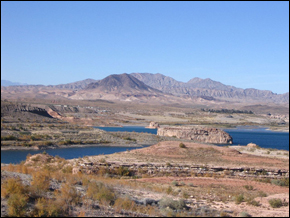
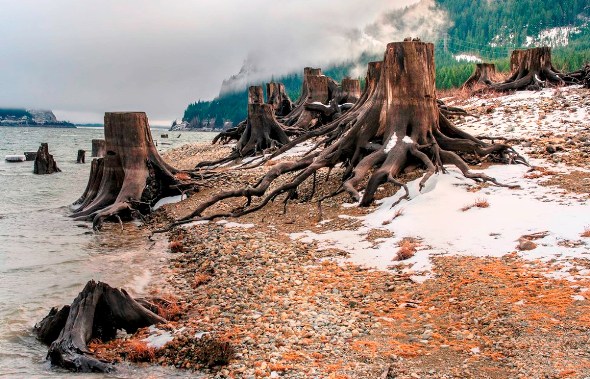


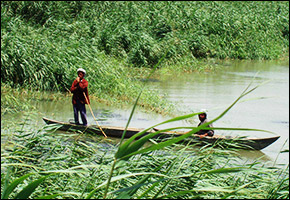

Leave a Reply
Want to join the discussion?Feel free to contribute!